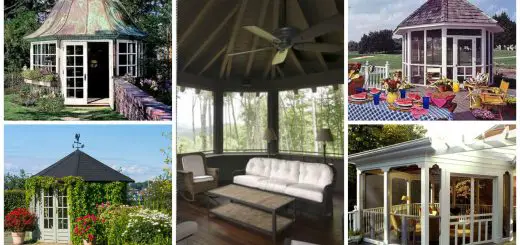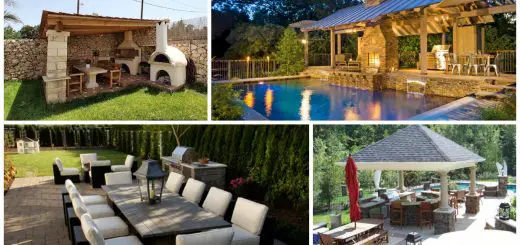How to Build a Swimming Pool. Your Dream Swimming Pool in 5 Steps
There’s nothing like installing a swimming pool to one-up your neighbor’s version. But planning your dream pool can be harder than it first seems. Consider your options and obligations before starting to dig it up. This is how to build a swimming pool smoothly, in 5 steps.
1. Pick a pool
There are three main types of inground pools. In order of popularity they are: concrete, vinyl-lined and fiberglass.
Concrete pools are truly custom-built and can be formed to virtually any size or shape. Once the concrete cures, it’s either plastered smooth, painted, finished with a textured aggregate surface or tiled.
It typically takes longer to install a concrete pool than any other kind – generally between three and 12 weeks – but it’s considered the strongest, most durable type of pool. Unlike any other type of inground pool, concrete pools can be remodeled, enlarged and updated.
Vinyl pools are made from a preformed flexible liner that fits into the hole and attaches to a reinforced wall frame made of steel, aluminum or non-corrosive polymer. Vinyl liners come in dozens of patterns and colors to satisfy anyone’s personal preference or poolscape design.
When considering a vinyl pool, be aware that pool toys, pets and sharp objects can puncture the liner. And while liners can be repaired, play it safe by choosing one that’s at least 20 to 30mm (about 1 inch) thick. Construction time for a vinyl-lined pool is generally one to three weeks.
Fiberglass pools are factory-molded into one giant bowl-shaped piece, which is set into the excavated hole by a crane. As a result, fiberglass pools can be installed much faster than other pool types. In some cases, installation takes as little as three days. Fiberglass pools have a supersmooth gel coat finish that’s extremely durable and stain resistant. Unlike concrete, fiberglass pools are nonporous, so they tend to use fewer chemicals and harbor less algae.
However, fiberglass pools come in fewer sizes and shapes than concrete or vinyl pools. And the huge molded pools must be shipped via truck, which are often forced to take long, circuitous delivery routes.
The flexibility of fiberglass and vinyl liners makes them ideal for very cold climates where winter freezing and thawing cycles can damage a rigid concrete structure.
2. How to build a swimming pool. Choose the location
Picking the proper spot for your inground pool is as important as the pool itself. Here are some pool-placement tips:
Sun: Pick a pool location that’s open to the sun and well away from any trees. Such a location will not only warm up the water, it’ll also reduce the number of leaves that drop into the pool.
Wind: Building a pool in a windy location greatly increases water evaporation and can also make you feel uncomfortably cool when wet. Create a windbreak by erecting a solid-board fence, or by planting a row of thick shrubs or trees.
Height: Avoid building in a low-lying area, which could result in the pool flooding with mud and debris during periods of heavy rain. Also avoid areas with a high water table; rising groundwater will flood the deep end of the excavated hole.
All Clear Above and Below: The pool shouldn’t be located beneath overhead telephone or electrical wires, or directly over buried sewer lines, septic systems or electrical cables.
View: Whenever possible, build the pool within view of the house. That way, you can keep an eye on swimmers even while you’re indoors.
3. How to build a swimming pool. Get the permit
Inground swimming pools are subject to building and zoning regulations just like any other home-improvement project. Therefore, you must apply for a building permit and receive approval before any work can begin.
4. How to build a swimming pool. Choose the circulation system
The pool’s circulation system provides filtration and sanitization to keep the water clean and crystal clear. The heart of the filtration system is the pump. There are three types of filters commonly used: sand, cartridge and diatomaceous earth (DE).
All three types of filters work well when properly installed and well maintained. An experienced contractor will help you decide which filtration system is best for your pool.
5. How to build a swimming pool. Extra expenses
The true price of an inground pool is often about twice the cost of the pool itself. You need to enhance the landscape, buy accessories and invest in pool maintenance.
Here’s a list of items that aren’t typically included in the price of the pool: outdoor lighting, landscaping, pathways, decks, fencing, patios, privacy screens, whirlpool spas, outdoor sound system, water test kits, shade structure, patio furniture, equipment shed, storage cabinet, pool toys, additional outdoor electrical outlets and telephone line.
Credits: popularmechanics.com


















